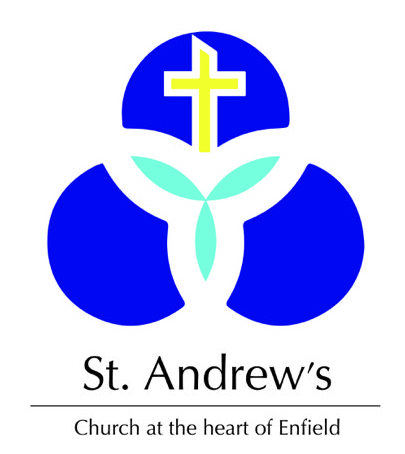James Farrer Steadman

The monument to James Farrer Steadman is an example of the tension felt between those in society who aspired to be memorialised, or to memorialise, in ways that reflected the ‘high fashion’ of their day and the influence of evangelical Victorian epitaphic reformers.
The monument to James, his wife, and their close friend, is inspired by the Victorian revival in classical architecture, painting and other arts, but remains careful not to stray too far from the Christian simplicity demanded by the evangelical reformers. Even the sculptors use of the reformer’s bete noire, the urn, makes sure to top the urn, which symbolised the death of the body, with a flame – to represent the continuation of the soul beyond death.
But, just as importantly, the sculptor refrains from adding any further references that may suggest anything other than an evangelical Christian understanding of the resurrection. Instead, the sculptor pairs the classical imagery of crossed palm leaves, symbolising victory, with a single palm fond, as waved during Christ’s triumphant arrival into Jerusalem. In doing so the sculptor brings together classical Roman imagery with scriptural references, in what would have been considered a stylish expression of the Christian faith’s assurance of Christ’s triumphant victory over all things, including death.
However, the use of an urn, even one topped by fire and the use of crossed palm leaves, even when woven into a biblical account, would still have tested the reformer’s patience with any use of classical symbolism in a monument. More attuned to the reformers tastes is the epitaph which is ‘sparing with its praise’ and content to focus, almost exclusively, on ‘names and dates’.
The tension between being seen to respect evangelical pressures within the Church of England and the desire to proclaim status through stylistic consumption, was felt most acutely by the new, upper middle-classes, of Victorian Britain, such as the Steadman’s.
This tension existed because entry into the upper class not only required the correct display of sufficient wealth but, also, an allegiance to the established church – the church of England. The Steadman’s upper-class status is communicated by the monument in more obvious, if somewhat understated ways. Which is, in and of itself, in keeping with the tastes of the Victorian upper classes. It is seen in the initial phrase ‘…of Chase Side House’: ‘a “handsome villa”, [with] “about five acres of pleasure grounds […] and a prospect of park-like scenery of about thirty acres to the South.”’ It is also seen in the designation of ‘Esquire’, which Burke and others properly ascribed to the upper class as a more distinguished title than the more ubiquitous ‘gentleman’ and it is, for the modern reader, most visible, in the inclusion of a coat of arms – a traditional signifier of nobility. Although the display of a coat of arms was, in Victorian times, more decorative than functional, it was still considered important to follow the conventions and rules of heraldry. It is therefore not accidental that the coat of arms on the Steadman monument displays the Steadman coat of arms with ‘an escocheon of pretence’ i.e., the Steadman’s coat of arms with the coat of arms of the wife’s family, on a shield, in the middle.
An escocheon of pretence indicates that Anne was an heiress. In this instance it doesn’t refer to an inheritance that Anne brought to her first marriage with James Steadman, as would have been the norm, but the inheritance she received through James and therefore brought to her second marriage to William Everett. An inheritance that included Chase Side House.
Other records tell us that Anne outlived both her husbands and was known from at least 1850 as ‘of Chase Side House’ in her own right. Indeed, it was in these terms that she is recorded as ‘giving a font to St Andrews’ and being ‘well known for her hospitality for many good causes’.
Records indicate that ‘their attached friend’, Caroline Lee, also memorialised on the monument, was living with Anne in 1861 and, we can surmise, it was Caroline who, dying seven years after Anne, commissioned the monument.
This makes the monument an example not of familial concerns as had for so many years been the norm, nor about matters of inheritance, as Chase Side House was sold following Anne’ death. But, instead, of a desire to memorialise a friendship lived.
